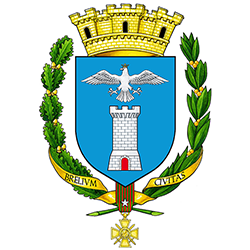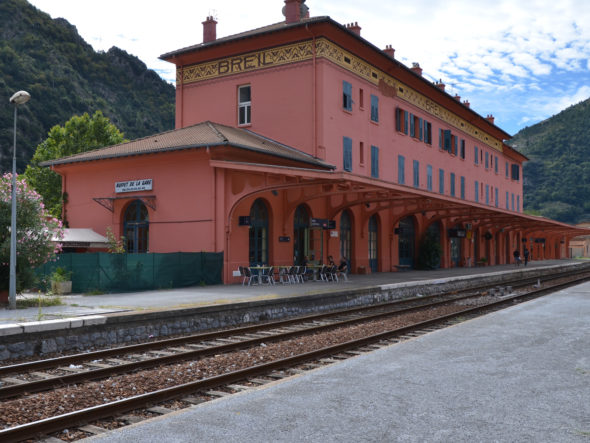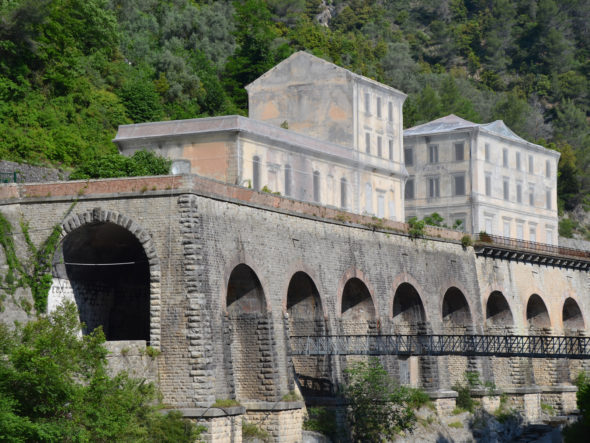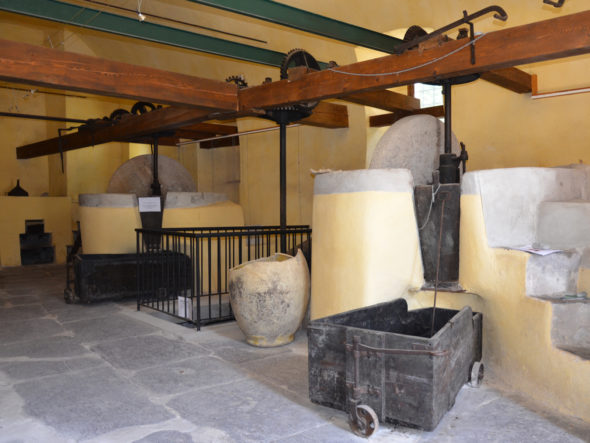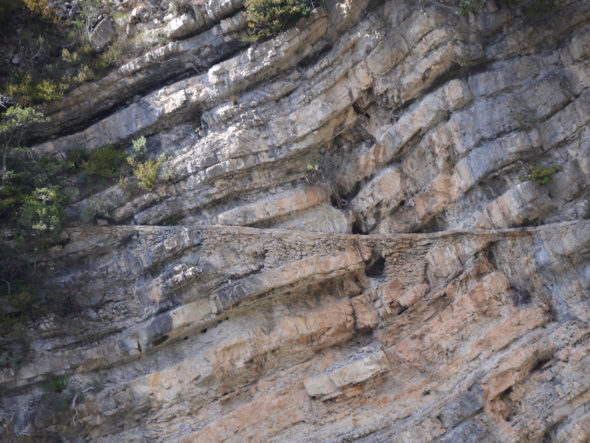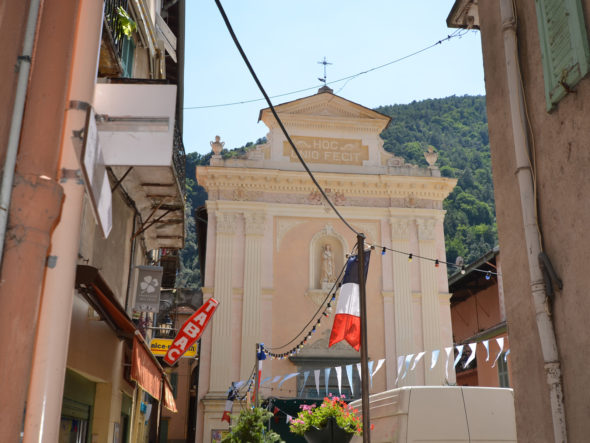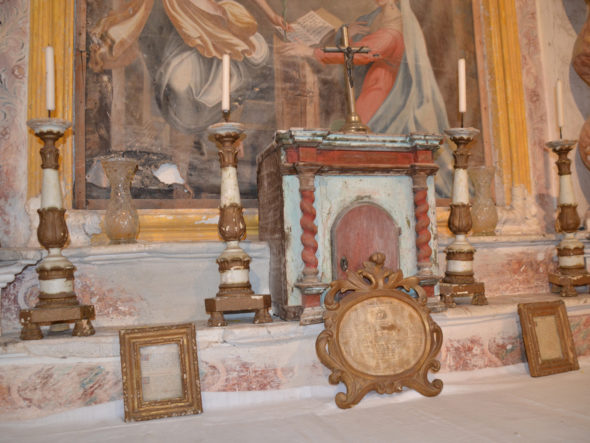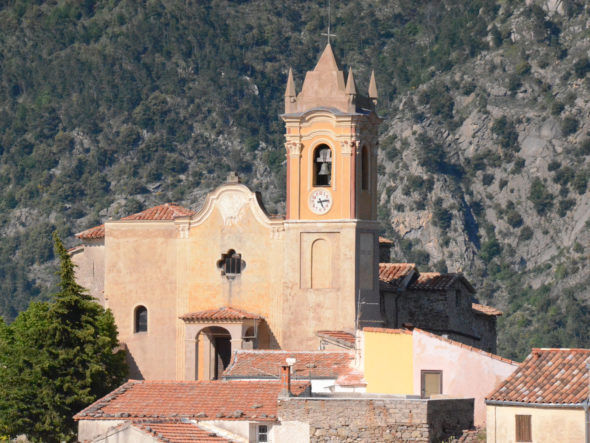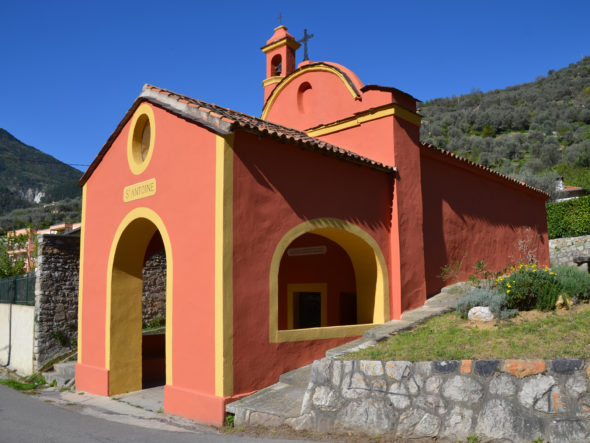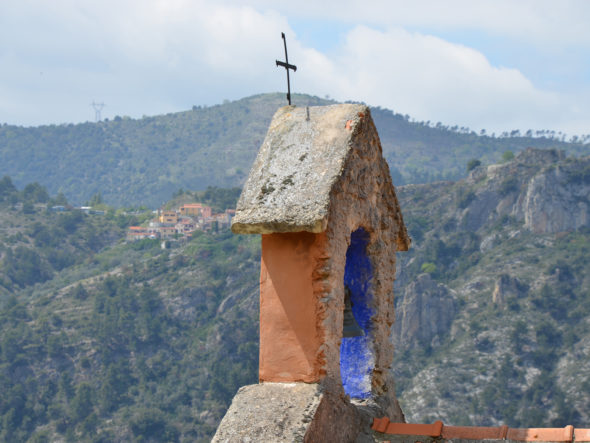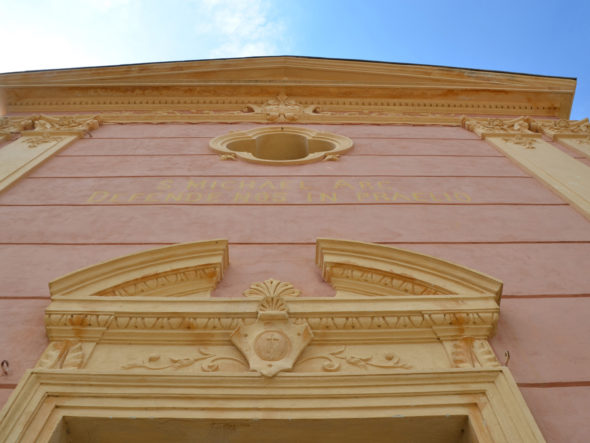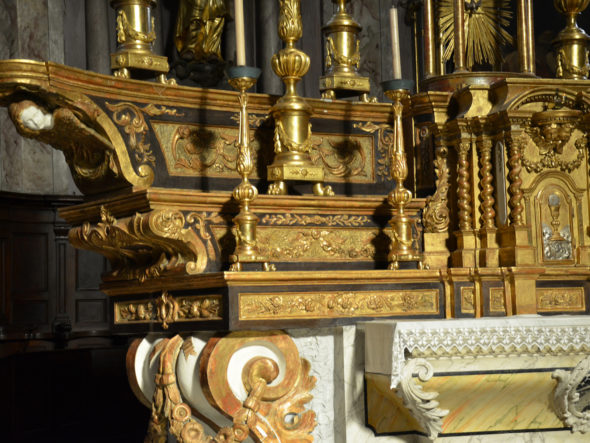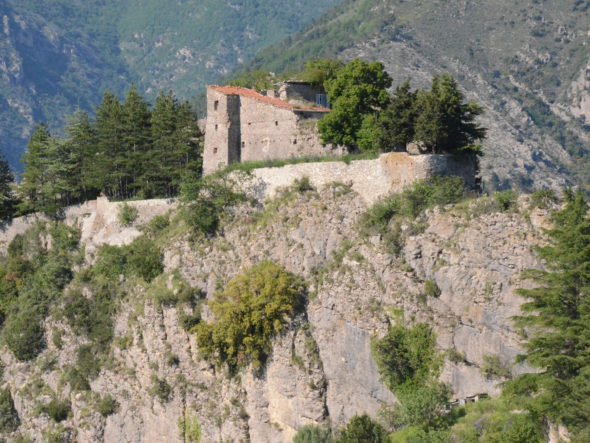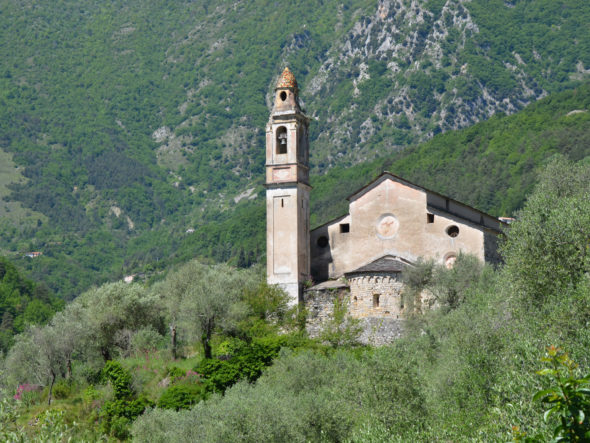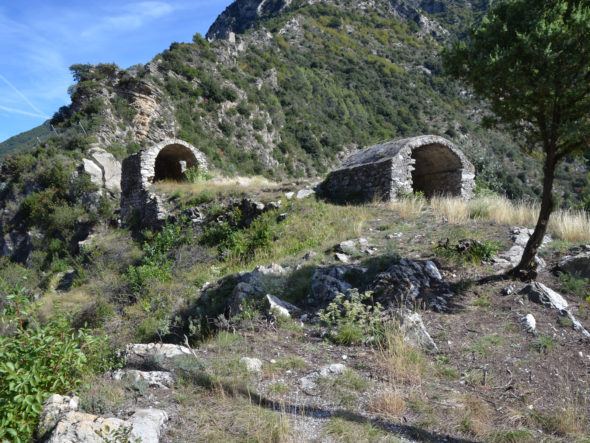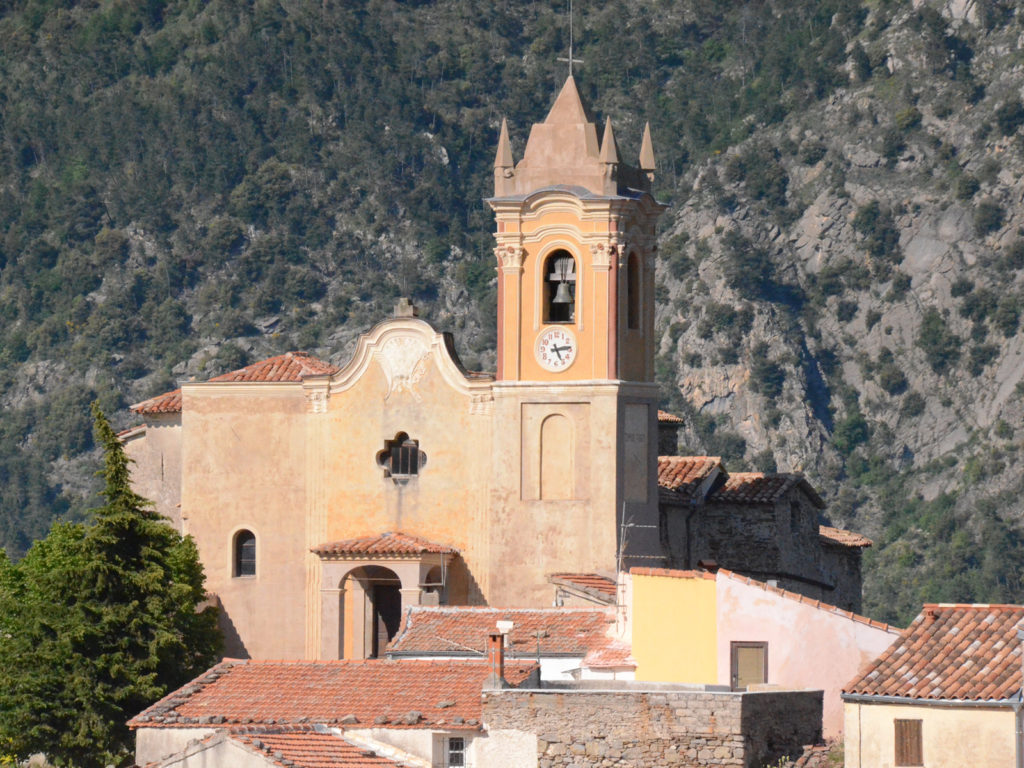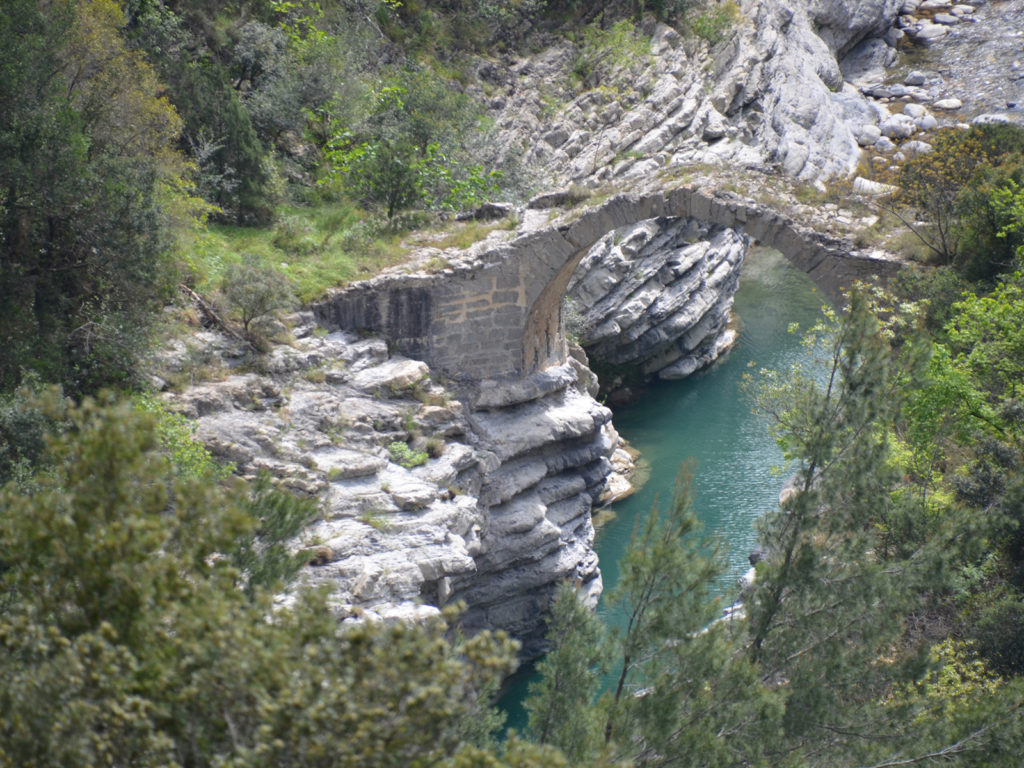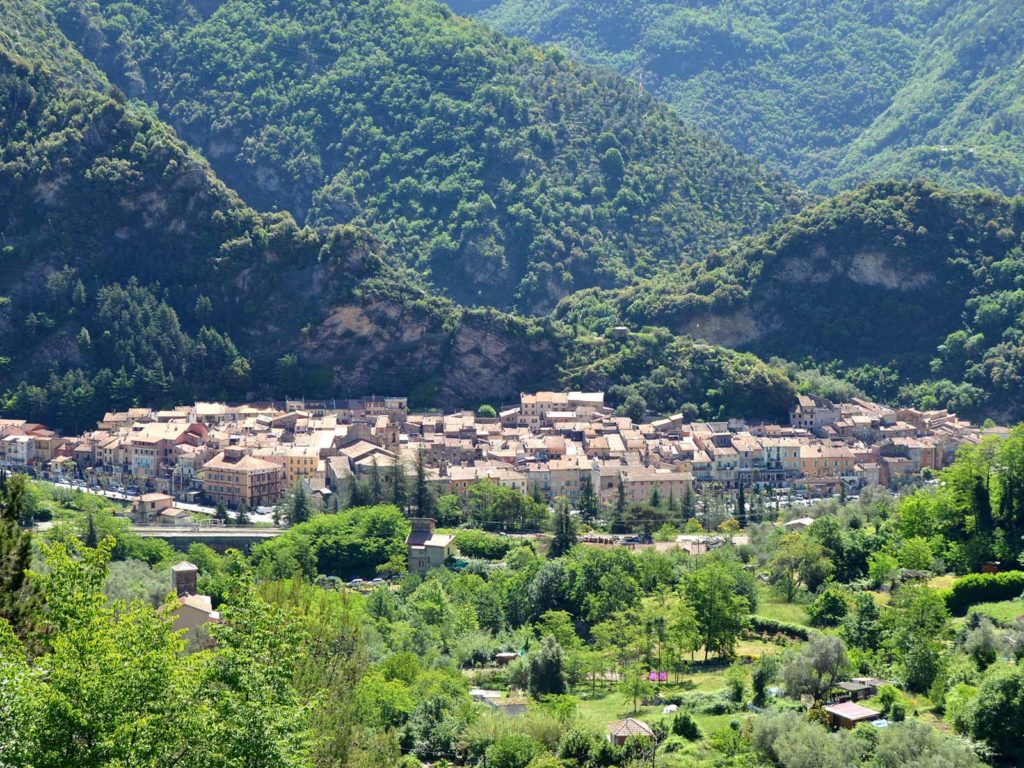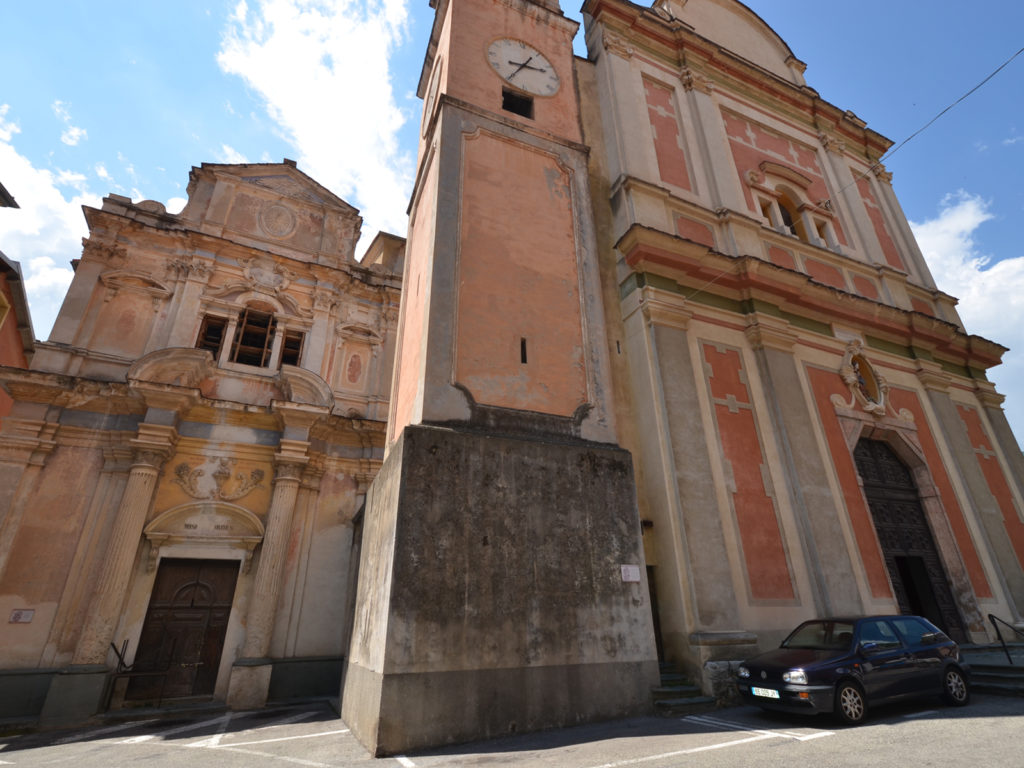Breil is the most important urban center in the heart of the Roya Valley.
Its oldest neighborhood consists of houses located south of the village along with its narrow streets. One can observe there some testimonies of its past border’s borough: the remains of the enclosure of a fortress and the watchtower known as “La Cruella”.
The village developed on the western side of the hill. The eastern side, inside the ramparts, is covered with olive trees. Thanks to its six mills, Breil has been for centuries one of the main centers of olive oil production for the domains of the House of Savoy. We also discover the chapel of St. Anthony the Hermit, the medieval gate of Genoa, the church of Notre-Dame-du-Mont, the chapel of Notre-Dame-des-Graces and the bell tower of Saint John.
The creation of an artificial lake, called Swan Lake, after the Second World War, made the heart of Breil more pleasant.
The visit can begin with the parish church Sancta Maria in Albis, whose current building, dating back to 1699, was built on the ruins of an older church. The side lanes, of Ligurian architectural style, converge on the central axis, Turin street. Once arrived on the Ciappera street, one can go up to the small Chapel Saint Antoine l’Ermite, where two paths stand out.
The first leads to an area of “crotas” and “casoun”, two typical buildings from this area, where the lack of clay made the peasants realized shelters with vaulted roof in stone (crotas), used mainly to dry figs, as well as huts with a lime roof (casoun) instead of the tiles or hay usually used back then.
The second path leads to the Cruella Tower, connected to a newer rampart, about 80 meters long, probably used during the War of the Austrian Succession.
A visitor wishing to discover Breil during a celebration cannot miss the A Stacada, folk event organized every four years. This event, which took place on the last day of the Carnival week from the end of the 19th century, is now celebrated on the third Sunday of July since 1960. It is a costumed historical reenactment of the people’s uprising against the almighty vicissitudes of the Royalty, with a whole series of recurring characters.
The Breil Feast Day, meanwhile, takes place every year and lasts three to four days, around mid-August. It is known as “Medj’august” and includes three balls, a country picnic at the Notre-Dame-du-Mont church and two masses.
The hamlet of Piène-Haute, former Genoese medieval stronghold is perched on a rocky outcrop overlooking the Roya River. Accessible by road, and only part of the town of Breil since 1947, it is characterized by narrow streets and small houses very neat and flowered by its inhabitants. Also noteworthy is St. Mark’s Church, a historic Ligurian baroque monument with curvilinear pediment and double staircase, and St. Elizabeth Chapel, erected by the White Penitents’ brotherhood.
